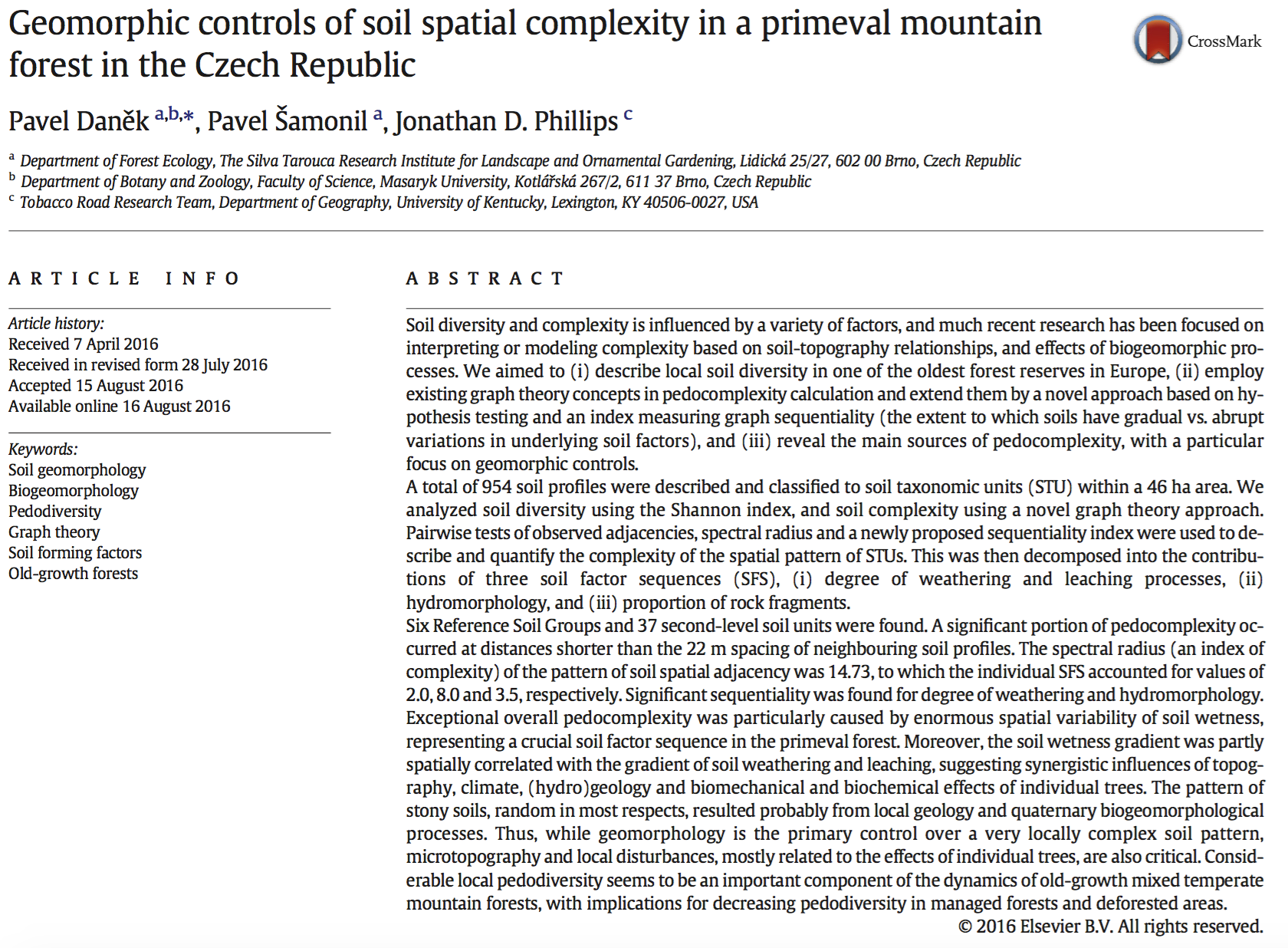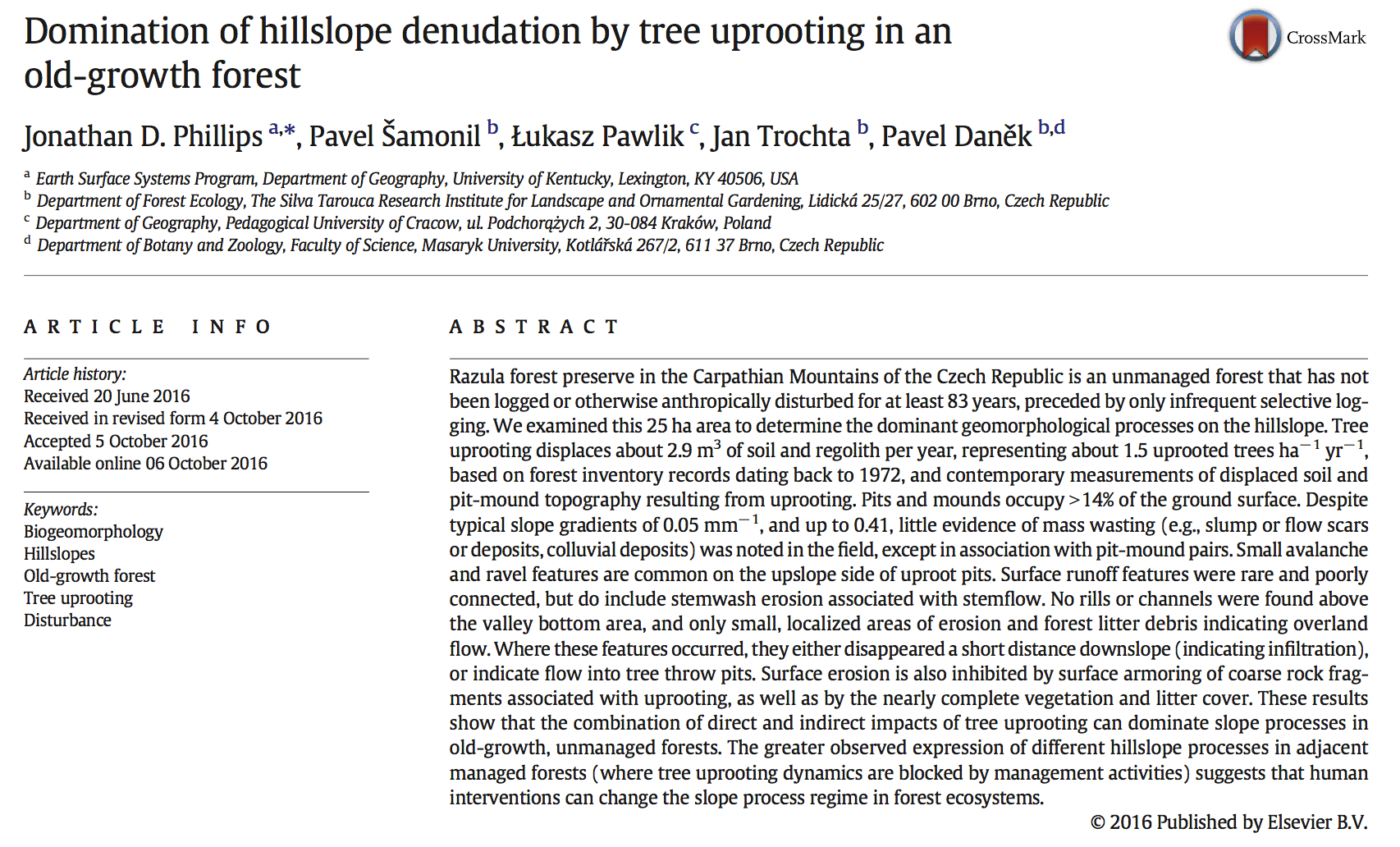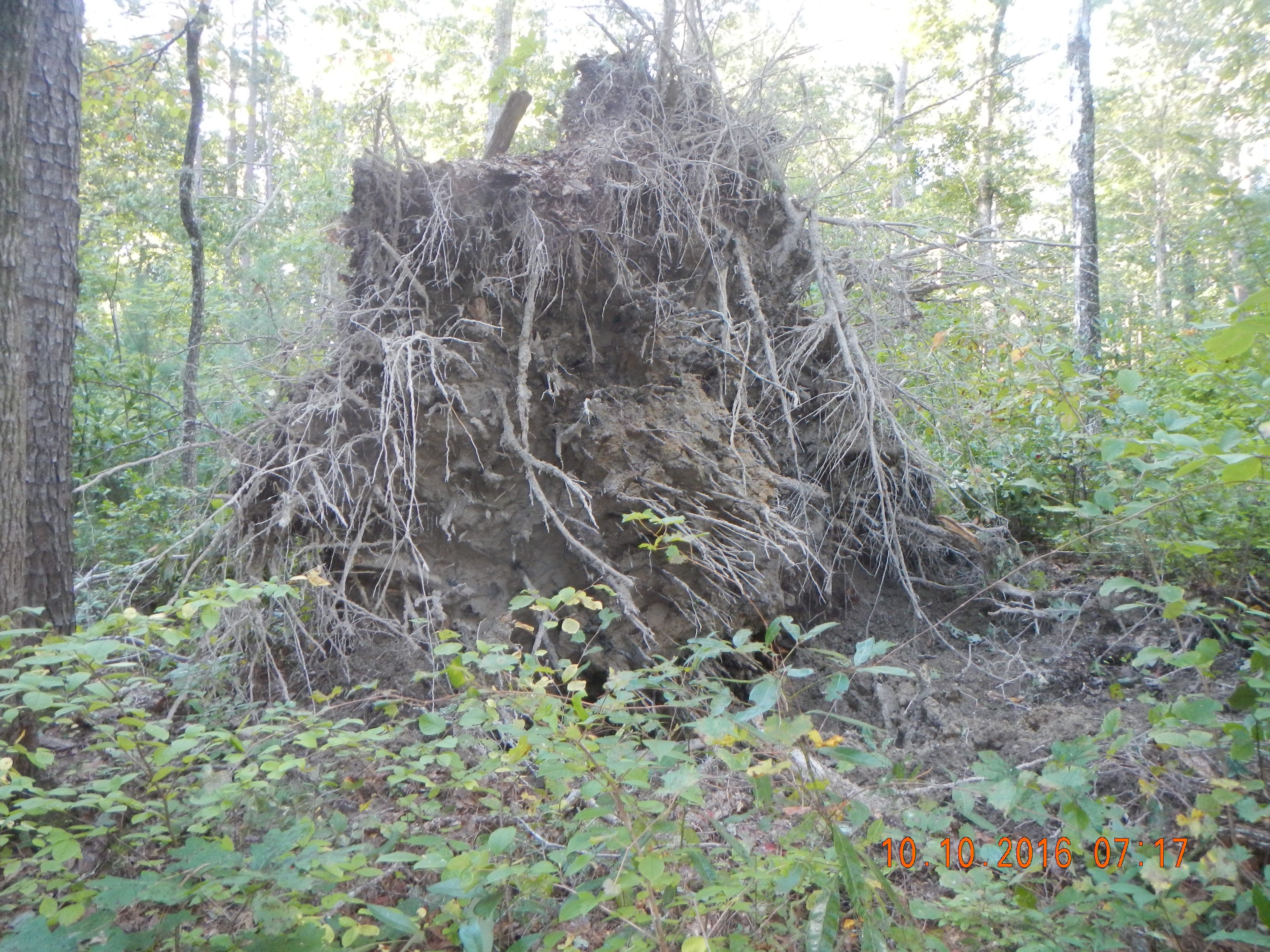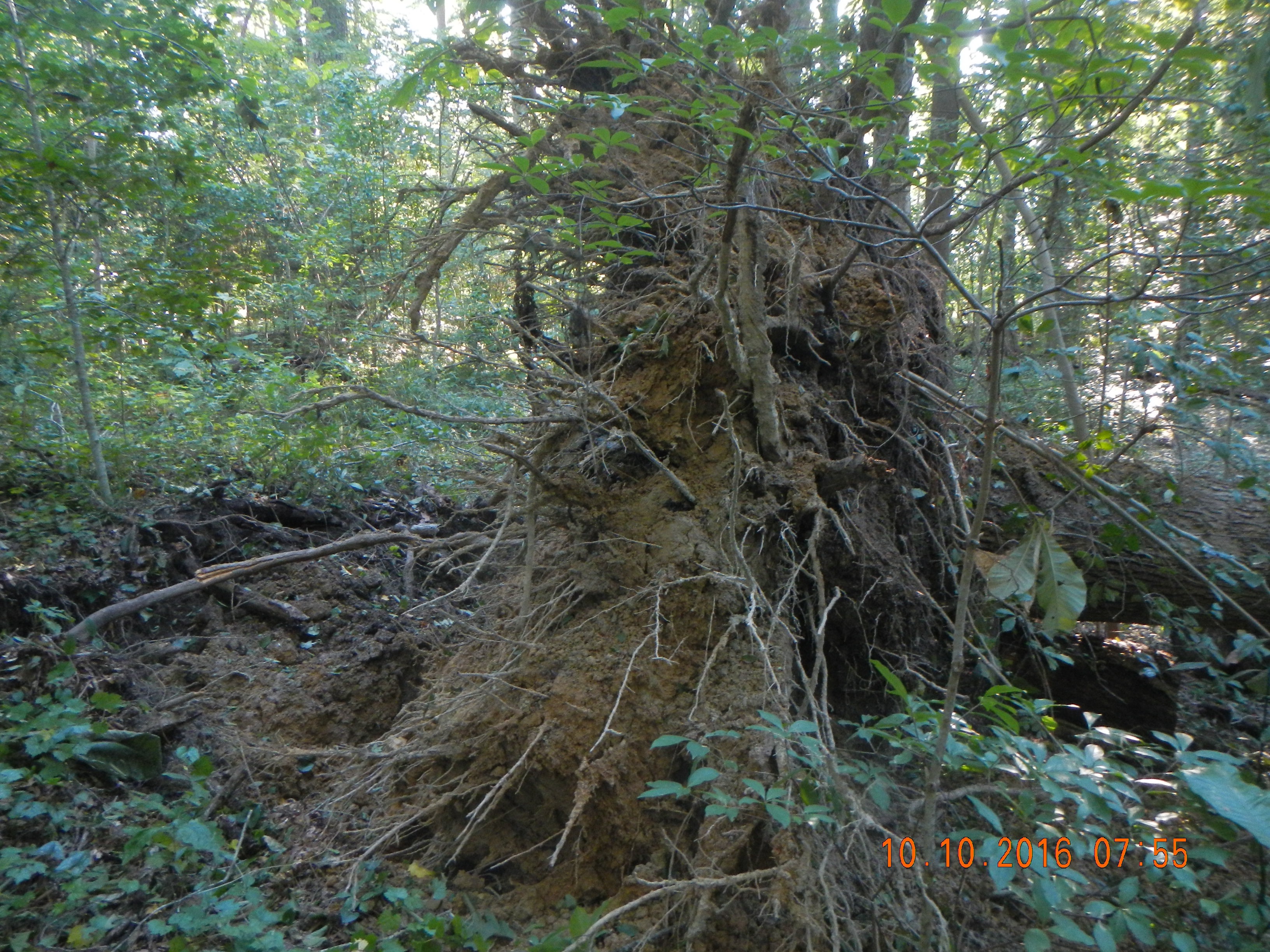SOME GRUMPY THOUGHTS ON POLITICAL ECOLOGY & BIOPHYSICAL SCIENCE
Last year our geography department underwent an external review, as we do every five years or so. One of the recommendations was that we seek to integrate our Earth surface systems and physical geography program with political ecology. We happen to have a couple of political ecologists who understand and appreciate physical geography, and vice-versa. But I wonder what, at the subdisciplinary rather than the individual level, we really have to offer each other.
Despite the word "ecology" and a tradition early on in political ecology (PE) of careful analysis of environmental change, contemporary PE appears to have very little general concern with ecology as a science (as opposed to ecology as a general reference to the environment, nature, or natural resources) or to other Earth and environmental sciences. This is not true of all PE or political ecologists, of course, and to the extent it is true, is not meant as a criticism of the field. Political ecologists are free to define and practice their field as they see fit, and it is not up to a geomorphologist to decide how central biophysical sciences should be.






 Dr. Jeffrey Mantz will go through the basics of NSF applications, talk about specific programs, and give some general grant writing advice. Mantz is Program Director in Cultural Anthropology and Human Subjects Research Officer at the National Science Foundation, where he has served since 2012. He holds a PhD in Anthropology from the University of Chicago and has previously taught at George Mason University, Cornell University, California State University at Stanislaus, and Vassar College. His own research takes him to the Caribbean and Central Africa, where he explores issues related to inequality, resource extraction, and commodity supply chains.
Dr. Jeffrey Mantz will go through the basics of NSF applications, talk about specific programs, and give some general grant writing advice. Mantz is Program Director in Cultural Anthropology and Human Subjects Research Officer at the National Science Foundation, where he has served since 2012. He holds a PhD in Anthropology from the University of Chicago and has previously taught at George Mason University, Cornell University, California State University at Stanislaus, and Vassar College. His own research takes him to the Caribbean and Central Africa, where he explores issues related to inequality, resource extraction, and commodity supply chains.